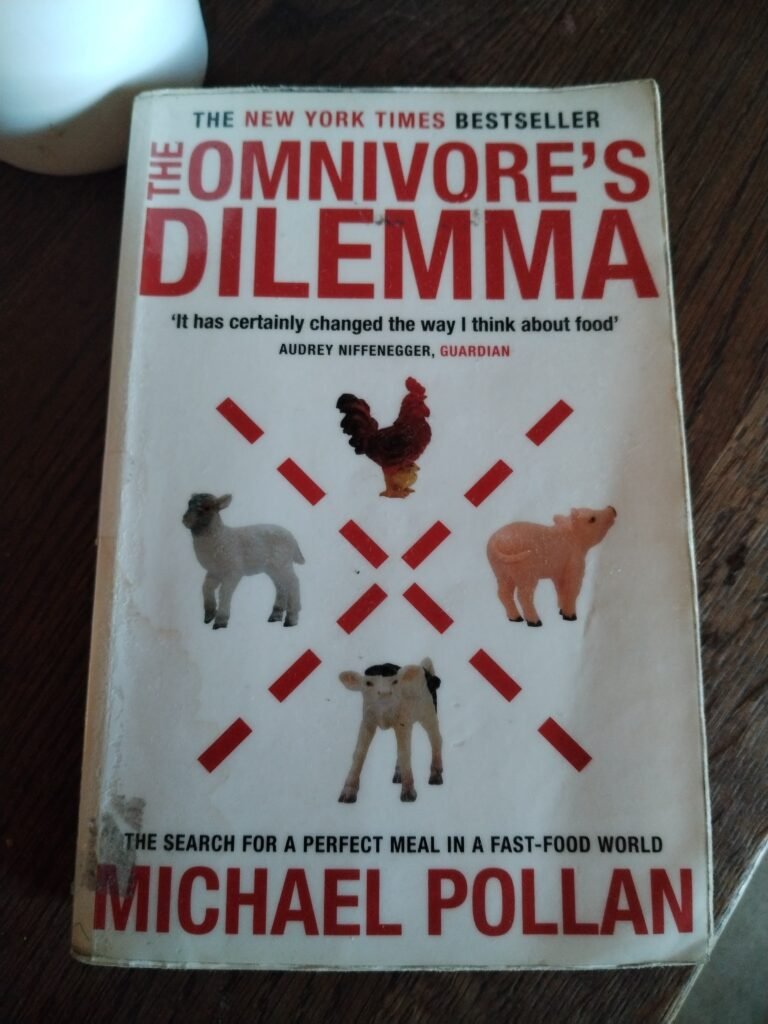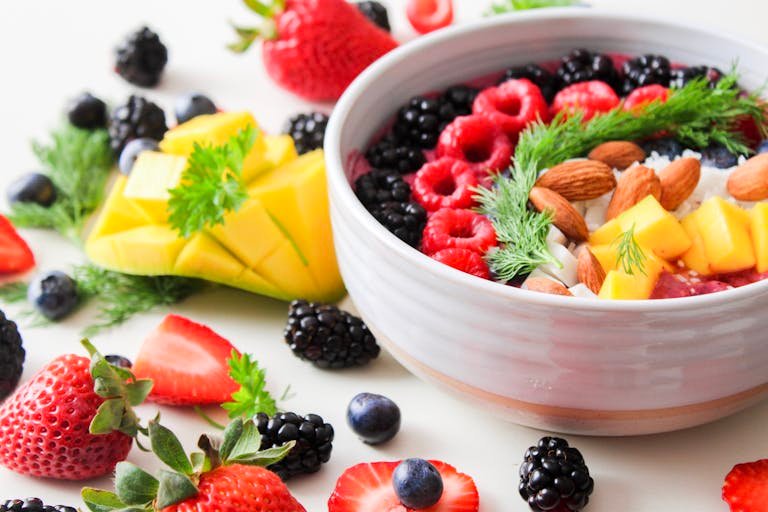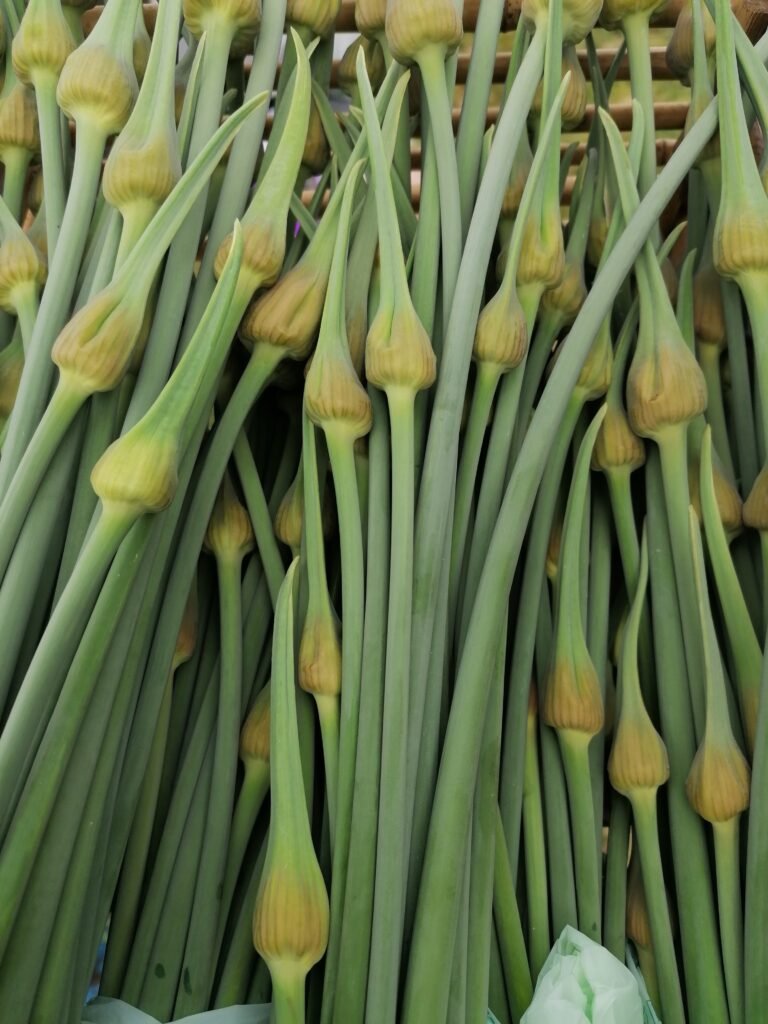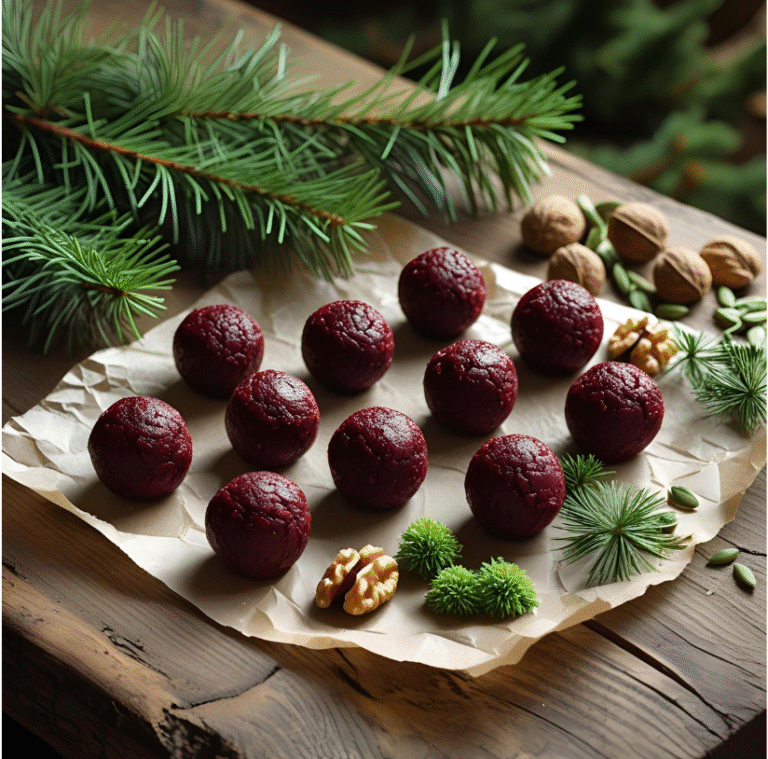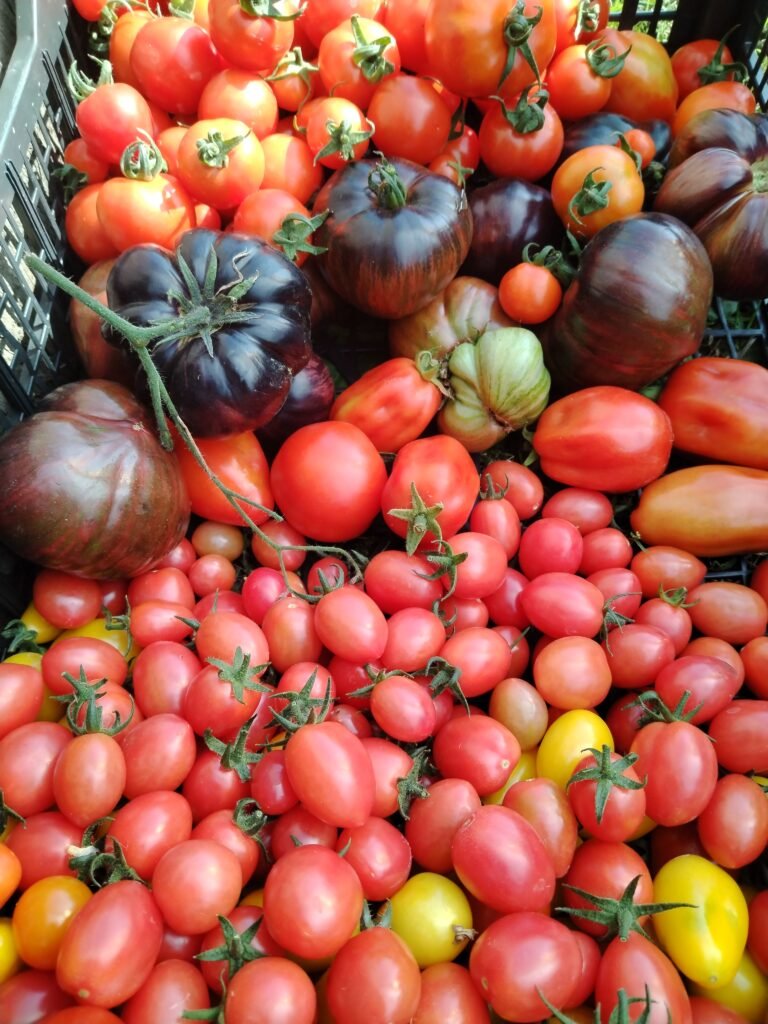I used to think feeding my family well meant sneaking spinach into smoothies and bribing my toddler with apple slices instead of biscuits. But then I stumbled across The Dirty Dozen —a list of fruits and veggies so drenched in pesticides, they might as well come with a warning label. Suddenly, my “healthy” snacks started looking more like science experiments.
Every year, the Environmental Working Group (EWG) releases a list of the most pesticide-contaminated produce, and let me tell you, it’s eye-opening. Strawberries, spinach, and apples—staples in my kitchen—are apparently also favorites of every pesticide under the sun. And before you say, “But I wash my produce!”—so do I! But some of these chemicals don’t just rinse away with a quick scrub.
So what’s a busy mum to do? Ban fruit altogether? Sell a kidney to afford an all-organic grocery haul? Thankfully, there’s a middle ground. In this guide, we’ll break down The Dirty Dozen, why these foods make the list, and what you can do to keep your family’s meals both clean and budget-friendly. Whether that means choosing organic for key items, growing your own, or learning a few tricks to reduce pesticide exposure, I’ve got you covered.
Because let’s be real—keeping the kids fed is hard enough without worrying about invisible toxins. So grab a cup of tea (organic, if you’re feeling fancy), and let’s make sense of it all!
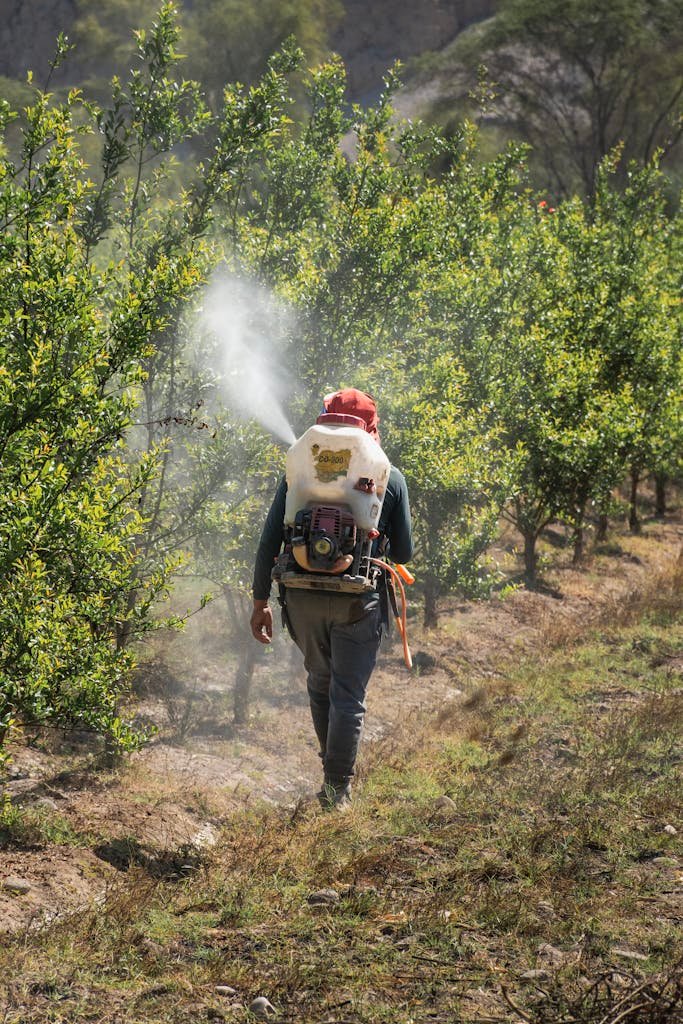
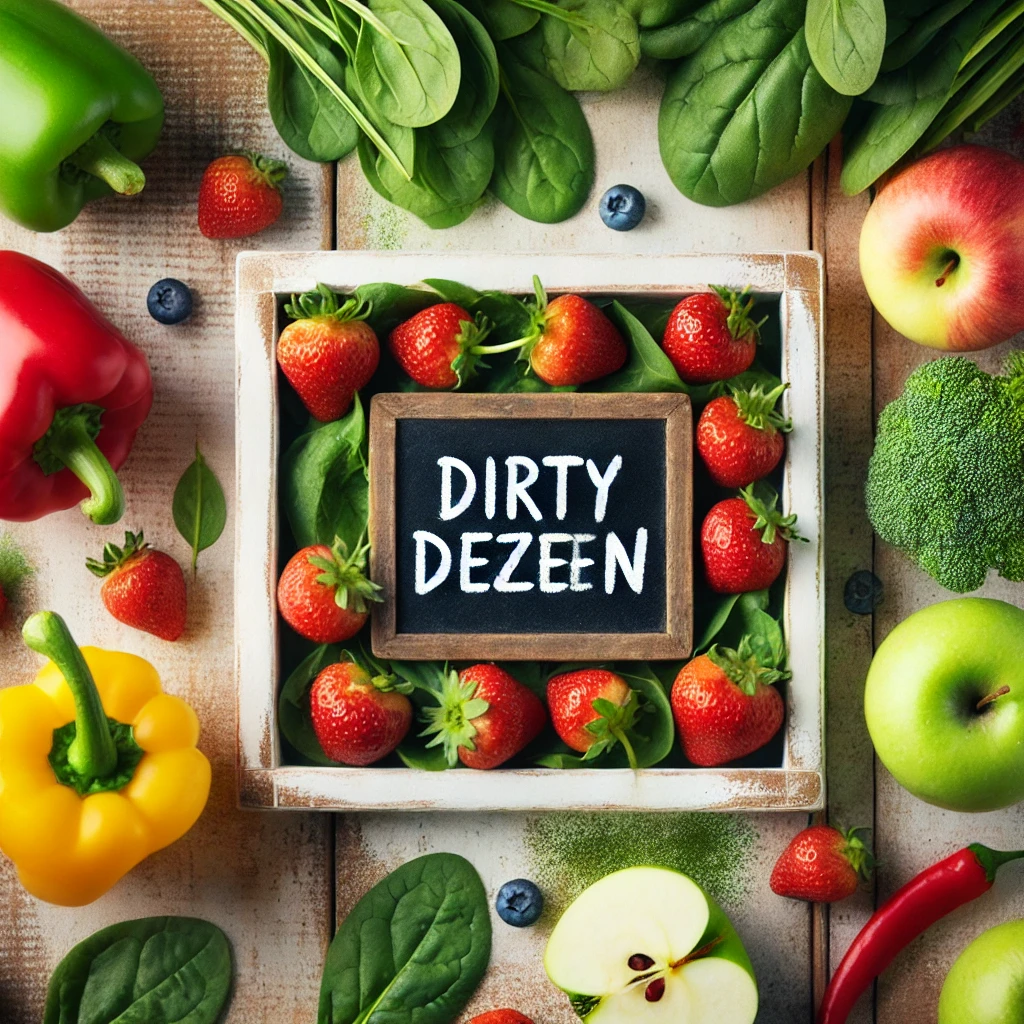
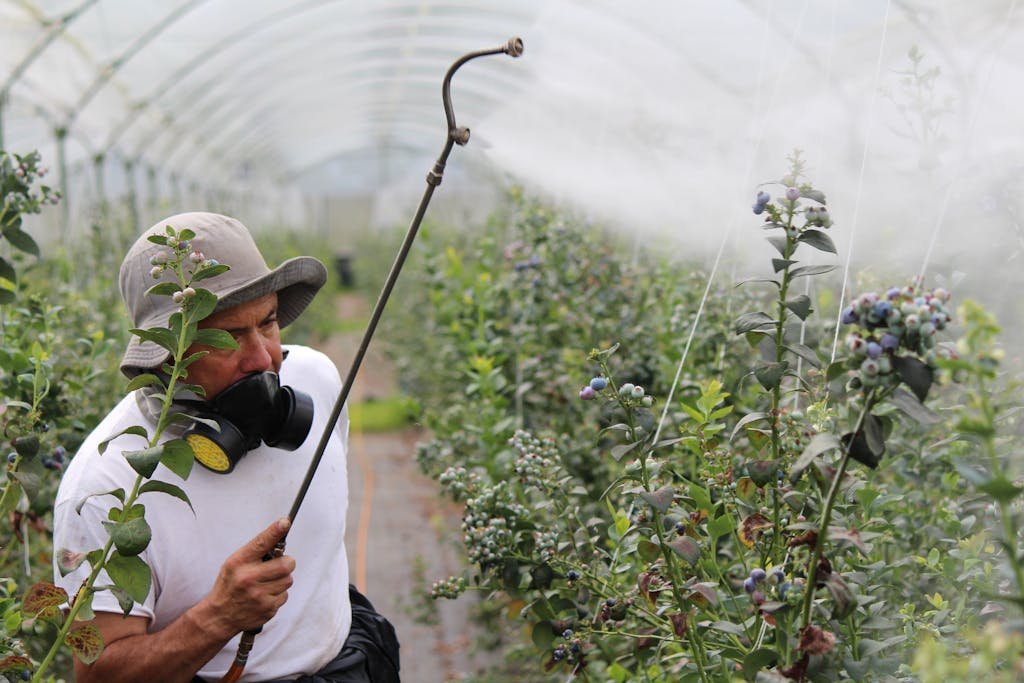
What Is the “Dirty Dozen”?
Ever feel like grocery shopping should come with a hazard warning? You stroll into the produce aisle, reach for a juicy-looking strawberry, and—bam!—a little voice in your head whispers, pesticides. Welcome to the world of the Dirty Dozen, a list of fruits and veggies that might look innocent but are carrying a chemical cocktail you didn’t sign up for.
Every year, the Environmental Working Group (EWG) releases this list, using data from the USDA and FDA to highlight the top offenders when it comes to pesticide residues. The worst part? Some of our favorite staples—like apples, spinach, and those very strawberries—make the cut year after year. And while washing helps, it doesn’t scrub away everything.
So, what’s a health-conscious, slightly frazzled parent to do? You could go all-in on organic, but that gets pricey fast. The real solution? Growing your own. Not only do you control what goes into the soil (spoiler: not pesticides), but you also get that unbeatable satisfaction of plucking fresh, chemical-free produce straight from the garden. And let’s be honest—there’s something deeply satisfying about knowing Big Pesticide didn’t get the last say in your salad.
If the thought of starting a garden sounds overwhelming, don’t worry. There are plenty of easy, beginner-friendly ways to grow these high-risk crops at home. And if you need a little extra motivation, check out this YouTube video—it breaks down just how much pesticide is actually lingering on store-bought produce. Fair warning: You might never look at a conventionally grown grape the same way again.
The 2024 Dirty Dozen List
Drumroll, please! Every year, the Environmental Working Group (EWG) releases its annual list of the most pesticide-laden fruits and vegetables, and—no surprises here—some of the usual suspects are back. If these foods had a pesticide report card, let’s just say they wouldn’t be making the fridge-door honor roll.
These fruits and veggies are nutrient powerhouses, no doubt, but they also come with an unwanted side of chemical residue.
If you’re wondering which ones to watch out for in 2024, here they are:
- Strawberries – The repeat offender. Tiny, delicious, and absolutely drenched in pesticides.
- Spinach – You’d think all that iron would scare off the chemicals, but nope.
- Kale, Collard & Mustard Greens – Superfoods? Yes. Super clean? Not so much.
- Peaches – Soft skin = easy access for pesticide absorption.
- Pears – A crisp, juicy snack… with an invisible coating you didn’t ask for.
- Nectarines – Just like peaches, but smoother. Sadly, not cleaner.
- Apples – The skin holds most of the fiber—too bad it also holds the most chemicals.
- Grapes – One word: wine. Two words: pesticide residue.
- Bell & Hot Peppers – Crunchy, colorful, and covered in chemicals.
- Cherries – Small but mighty—on both the antioxidant and pesticide front.
- Blueberries – They made the list this year, proving even superfoods aren’t safe.
- Green Beans – The latest addition to the club. Sorry, green beans.
The reality? Pesticides are a part of modern agriculture, and while regulations exist, many of these chemicals still linger long after washing. Some studies suggest that prolonged exposure to pesticide residues may have links to various health concerns, including hormone disruption and neurological effects—especially in children. While the science continues to evolve, many experts recommend reducing exposure where possible, whether through organic options, thorough washing, or a mix of both.
If you want to dig deeper into this topic, “Food Fix: How to Save Our Health, Our Economy, Our Communities, and Our Planet—One Bite at a Time“ by Dr. Mark Hyman is a great read. It breaks down the connection between our food system and health while offering practical solutions for making better choices.
Health Implications of Pesticide Exposure
Ah, pesticides. The uninvited guests at our dinner tables. While they may help farmers keep bugs at bay, they don’t exactly do our bodies any favors. The reality is that the very same chemicals designed to kill pests don’t just disappear when food hits the supermarket shelves. And once they make their way into our kitchens? Well, that’s where things get concerning.
The Unseen Risks on Your Plate
Pesticides are like that one guest at a party who overstays their welcome—they linger. Even after washing, many conventionally grown fruits and vegetables retain traces of these chemicals, and when consumed regularly, they start to add up in our systems. Studies have linked pesticide exposure to a range of health concerns, including:
- Hormone disruption – Some pesticides mimic or interfere with natural hormones, potentially leading to reproductive issues or metabolic imbalances.
- Neurological effects – Research suggests links between pesticide exposure and conditions like ADHD, memory issues, and even neurodegenerative diseases later in life.
- Gut health disturbances – Some pesticides may harm beneficial gut bacteria, which are crucial for digestion, immunity, and even mental health.
Who’s Most at Risk?
While none of us want pesticides in our food, some groups are more vulnerable to their effects than others. Children, for instance, have developing bodies and smaller systems, meaning they absorb chemicals more easily and have a harder time processing them. Pregnant women should also be mindful, as certain pesticides have been linked to developmental concerns in unborn babies. The elderly and individuals with compromised immune systems are also at higher risk.
The Long Game: Why Cumulative Exposure Matters
Eating a single non-organic apple won’t send you running to the doctor. But cumulative exposure over months and years? That’s where the issue lies. Pesticide residues build up in the body over time, and while individual chemicals have regulated “safe limits,” the combined effect of multiple different pesticides (often referred to as the “cocktail effect”) is still not well understood.
The good news? Awareness is power. Being mindful of what’s on our plates and making small shifts—like choosing organic when possible or peeling certain fruits—can significantly reduce our exposure. For a deeper dive into the long-term effects of pesticides, “Silent Spring“ by Rachel Carson is an eye-opening read. Though written decades ago, its message is more relevant than ever.
Healthier Alternatives: The Clean Fifteen
If the Dirty Dozen is the troublesome bunch of the produce world, think of the Clean Fifteen as the honor roll students—the ones that behave themselves and don’t bring pesticide residues to the dinner table. This list, also compiled by the Environmental Working Group (EWG), highlights fruits and vegetables with the lowest traces of pesticides, making them a safer bet when organic options aren’t available (or when your wallet protests the price tag).
Who Made the List?
Here are the 2024 Clean Fifteen champs:
🥑 Avocados – Thick skin keeps pesticides out.
🌽 Sweet corn – Minimal pesticide use, especially on non-GMO varieties.
🍍 Pineapples – That spiky armor works.
🥭 Mangoes – Smooth-skinned and low on pesticide residues.
🍆 Eggplant – Naturally pest-resistant.
🍉 Watermelon – Hard rind means the juicy inside stays clean.
🥥 Cantaloupe – Another thick-skinned melon.
🍌 Bananas – The peel acts as a natural shield.
🥬 Cabbage – Layers and tight leaves mean fewer chemicals make it inside.
🥔 Sweet potatoes – Hardy underground dwellers.
🍄 Mushrooms – Grown indoors, so they avoid most chemical exposure.
🧄 Onions – Natural sulfur compounds repel pests, so farmers spray less.
🍜 Papayas – Tough skin protects the inside, though GMO varieties are common.
🥒 Asparagus – It grows quickly, meaning it doesn’t need as much pesticide help.
🍊 Carrots – Root veggies like carrots tend to have lower pesticide residues.
Why Choose the Clean Fifteen?
We all want to reduce pesticide exposure, but let’s be real—buying 100% organic can be expensive and, at times, impractical. That’s where the Clean Fifteen comes in. Choosing these lower-residue options allows you to shop smarter without stressing over chemicals in every bite. Plus, many of these crops are easy to grow at home, meaning you can even skip the store altogether (but we’ll save that pep talk for another post 😉).
Want to dig deeper into pesticide-free eating? “The Omnivore’s Dilemma“ by Michael Pollan is a fascinating read that explores the impact of food choices on health and sustainability.
Tips to Reduce Pesticide Exposure
You’ve seen the Dirty Dozen, met the Clean Fifteen, and maybe now you’re side-eyeing your fruit bowl wondering if your apples need a chemical detox. The good news? You don’t have to toss half your groceries or exclusively shop in the organic aisle to cut down on pesticide exposure. With a few smart strategies, you can make your produce safer for your family—without breaking the bank.
1. Wash Like You Mean It
Sure, a quick rinse under the tap is better than nothing, but it won’t cut it for high-residue foods. Here’s how to level up your washing game:
- Cold Water Rinse: Studies show that running water removes some pesticide residues. Scrub firm produce like apples, cucumbers, and potatoes with a brush.
- Baking Soda Soak: A 15-minute soak in water with one teaspoon of baking soda per two cups of water can remove more surface pesticides than water alone.
- Vinegar or Lemon Soak: Soaking produce in a mix of four parts water, one part vinegar (or lemon juice) for a few minutes can help break down chemical residues.
- Saltwater Bath: A salt solution (1 teaspoon salt per 2 cups water) is particularly effective for leafy greens.
2. Peel & Trim When Possible
Some pesticides cling stubbornly to the skin or outer layers of produce. If you’re dealing with one of the Dirty Dozen offenders, consider:
- Peeling fruits like apples, peaches, and pears (though you’ll lose some fiber and nutrients).
- Discarding the outer leaves of lettuce, cabbage, and other leafy greens.
- Trimming the fat off meat and the skin off fish—because pesticides can accumulate in animal products too!
3. Buy Organic When It Counts
Not everything needs to be organic, but when it comes to Dirty Dozen items, opting for organic makes the biggest difference. If you’re on a budget, focus on swapping high-residue foods like strawberries, spinach, and peppers for their organic versions, while feeling less pressure on Clean Fifteen items like avocados and onions.
Pro Tip: Many local farmers grow organically but can’t afford certification. Chat with your local farm stand vendors—often, you’re getting pesticide-free produce at non-organic prices!
4. Shop Seasonally & Locally
Out-of-season produce often travels long distances, meaning it’s treated with more preservatives and pesticides to survive the journey. Local and seasonal foods:
- Are fresher and more nutrient-dense.
- Often have fewer chemicals (especially from small farms with lower pesticide use).
- Support sustainable farming and your local economy.
Want to know what’s in season near you? Farmers’ markets, CSAs (Community Supported Agriculture), and local produce guides can help you make better choices.
By combining these simple strategies, you can drastically cut down on pesticide exposure without losing sleep over every bite. And if you’re looking for more insight into the world of food safety, Jo Robinson’s book “Eating on the Wild Side“ dives deep into the best ways to choose and prepare produce for maximum nutrition and minimal toxins.
So, who’s up for a little baking soda bath for their berries?
Growing Your Own Produce: A Sustainable Solution
If you’ve ever stared at a punnet of strawberries, wondering if you’re about to eat a side of pesticides with your smoothie, you’re not alone. While washing and peeling help, the only way to fully control what goes into your food is to grow it yourself. And before you say, “But I don’t have a farm!”—don’t worry. Even a few pots on a windowsill or a backyard patch can yield fresh, chemical-free produce.
Why Home Gardening is a Game-Changer
Growing your own fruits and vegetables isn’t just about avoiding pesticides. It’s about flavor that knocks the socks off anything you’ll find in a supermarket. It’s about reconnecting with the food on your plate and maybe even tricking your kids into eating veggies because they grew them themselves. Plus, gardening gets you outside, reduces stress, and adds a little magic to your daily routine.
Easy-to-Grow Dirty Dozen Items
Some of the biggest pesticide offenders happen to be beginner-friendly crops:
- Strawberries – These love a sunny container or raised bed.
- Spinach – Grows like a weed (in a good way).
- Tomatoes – Pop a few cherry tomato plants in a pot, and you’re golden.
- Bell Peppers – Thrive in containers and are surprisingly low-maintenance.
- Lettuce – Quick to grow, even in small spaces.
- Cucumbers – Give them something to climb, and they’ll be happy.
With minimal effort, you can replace many high-pesticide crops with homegrown, organic goodness.
Recommended Books for Further Reading:
- The Gardener’s A-Z Guide to Growing Organic Food by Tanya L.K. Denckla: A comprehensive resource on selecting, growing, harvesting, and storing a variety of organic produce.
- The New Organic Grower, 3rd Edition by Eliot Coleman: A master’s manual of tools and techniques for the home and market gardener.
Conclusion:
From Awareness to Action—Growing Your Own Dirty Dozen
Realizing how much pesticide residue is lurking on everyday produce can feel overwhelming—one minute, you’re just picking out peppers, and the next, you’re deep-diving into chemical reports. But here’s the empowering part: you don’t have to rely on grocery store produce at all.
By taking control and growing your own Dirty Dozen crops, you can skip the pesticides, enjoy fresher flavors, and nurture a more sustainable way of eating. Even if you don’t have a sprawling garden, a few pots of strawberries, leafy greens, or tomatoes on a sunny balcony can make a difference. Every little step toward homegrown food is a step toward a healthier, more self-sufficient lifestyle.
Ready to get your hands in the soil? In How to Grow the Dirty Dozen in Your Own Garden, I’ll walk you through exactly how to cultivate these high-risk crops at home—no chemicals required. Let’s turn awareness into action and start growing!

